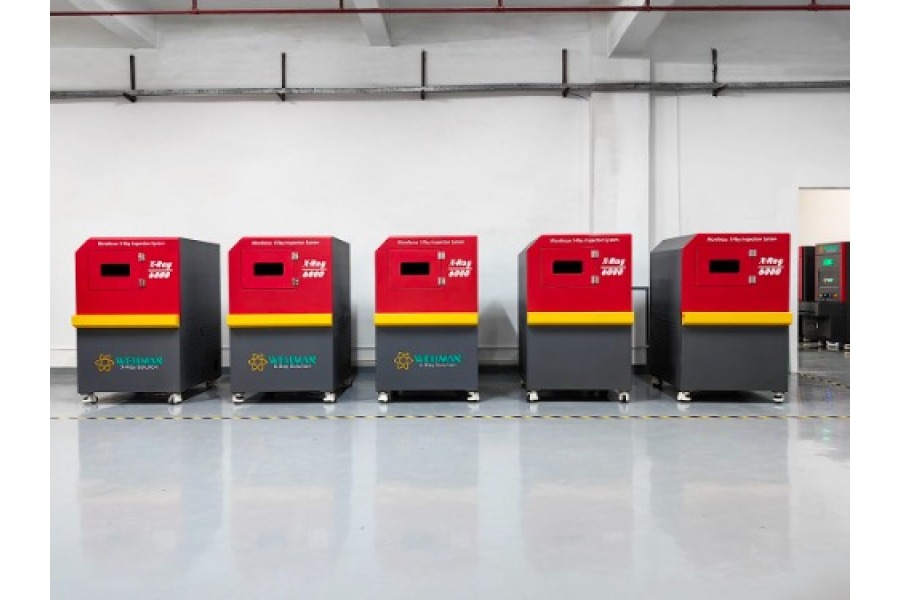Skip to contentWhat role automated X-ray inspection play in SMT?
wellman2023-11-27T09:22:27+08:00Introduction: Automated X-ray Inspection (AXI) has emerged as a vital tool in the field of Surface Mount Technology (SMT). As electronic devices become increasingly complex and miniaturized, ensuring the quality and reliability of solder joints and components has become more challenging. In this article, we will explore the significant role that AXI plays in SMT processes, its benefits, and how it contributes to enhancing product quality and reducing manufacturing defects.
1.Understanding Automated X-ray Inspection:
Automated X-ray Inspection is a non-destructive testing technique that utilizes X-ray technology to inspect solder joints and components on printed circuit boards (PCBs). It provides manufacturers with a detailed view of hidden defects, such as insufficient solder, solder bridges, voids, and component misalignment. AXI systems consist of an X-ray source, a detector, and sophisticated software algorithms that analyze the X-ray images to identify potential defects.
2.Enhancing Quality Control:
One of the primary advantages of AXI in SMT is its ability to detect defects that are not visible to the naked eye. Traditional inspection methods, such as visual inspection or manual testing, may overlook hidden defects, leading to faulty products reaching the market. AXI ensures that each solder joint and component is thoroughly inspected, minimizing the risk of defects and improving overall product quality.
Furthermore, AXI systems can perform inspections at a much faster rate compared to manual methods. This speed allows for increased production throughput without compromising on quality. By automating the inspection process, manufacturers can achieve higher levels of consistency and accuracy, reducing the chances of human error.
3.Cost Reduction and Efficiency:
Implementing AXI in SMT processes can lead to significant cost savings in the long run. By detecting defects early in the manufacturing process, manufacturers can avoid costly rework or product recalls. AXI also helps identify process-related issues, allowing manufacturers to make necessary adjustments and optimize their production lines.
Moreover, AXI systems can inspect multiple PCBs simultaneously, further improving efficiency. This capability reduces inspection time and ensures that products are delivered to the market in a timely manner. The ability to inspect complex and densely populated PCBs accurately makes AXI an invaluable tool for manufacturers dealing with high-volume production.
4.Future Developments and Challenges:
As technology continues to advance, so does the field of AXI in SMT. Manufacturers are investing in research and development to enhance the capabilities of AXI systems, including improved image resolution, faster inspection speeds, and more advanced defect detection algorithms.
However, challenges remain, such as the need for skilled operators to interpret the X-ray images accurately. Additionally, the cost of implementing AXI systems can be a barrier for smaller manufacturers. Nevertheless, as the demand for smaller, more complex electronic devices grows, the benefits of AXI in SMT will likely outweigh these challenges.
Conclusion: Automated X-ray Inspection plays a crucial role in Surface Mount Technology by ensuring the quality, reliability, and efficiency of electronic devices. Its ability to detect hidden defects, enhance quality control, reduce costs, and improve production throughput makes it an indispensable tool for manufacturers. As technology continues to evolve, AXI systems will become even more advanced, enabling manufacturers to meet the demands of the ever-changing electronics industry. By embracing AXI, manufacturers can stay ahead of the competition and deliver high-quality products to consumers worldwide.
Share this to your social media






